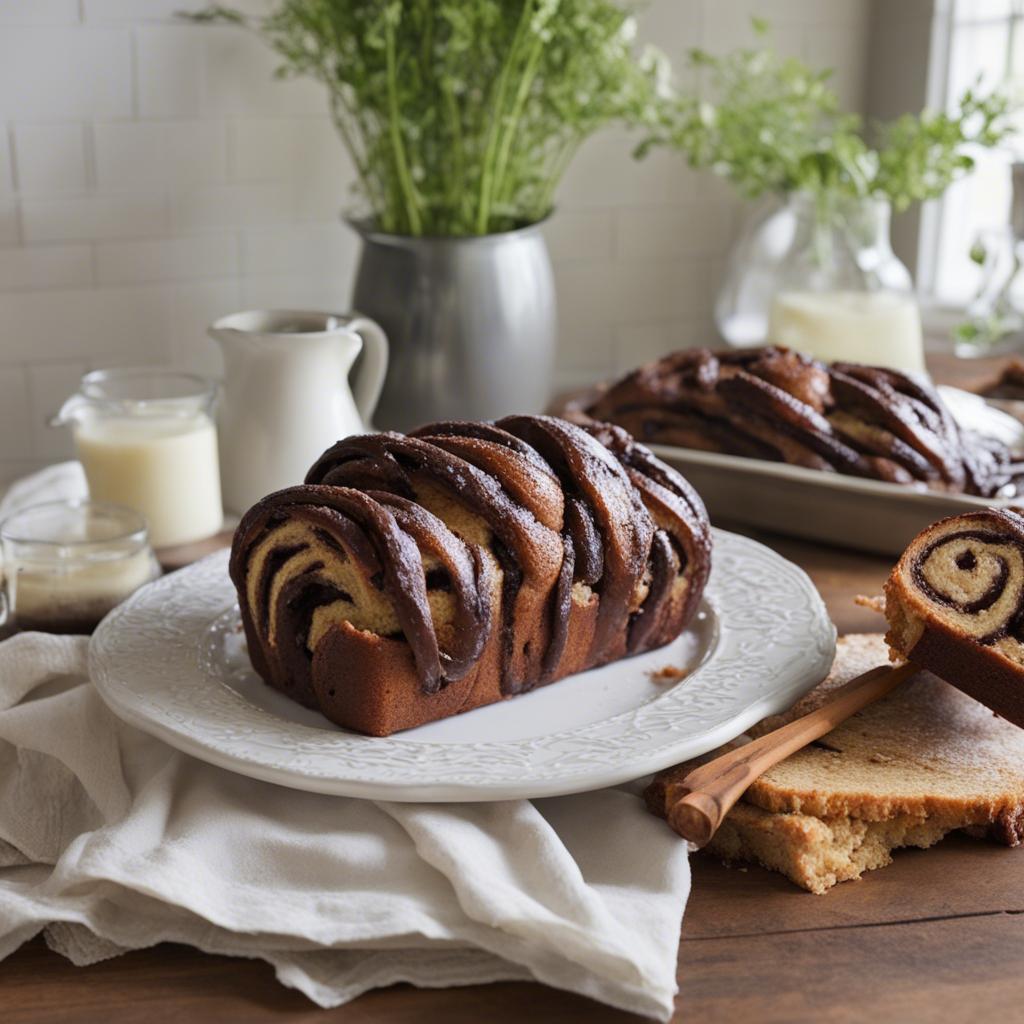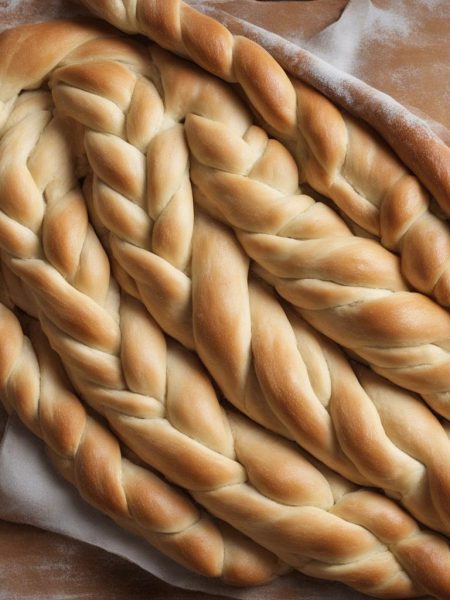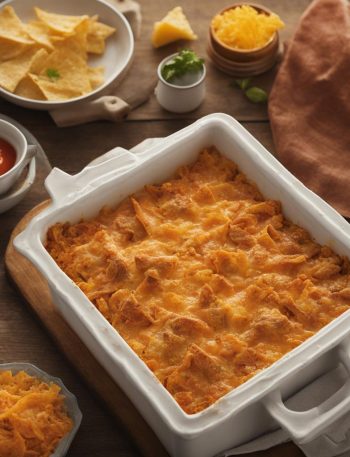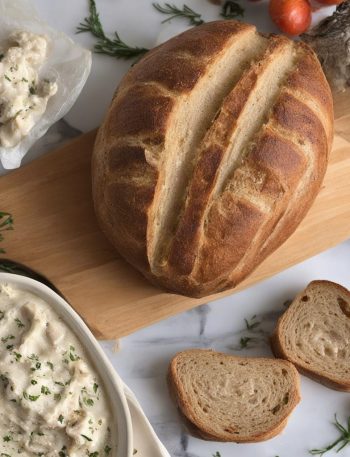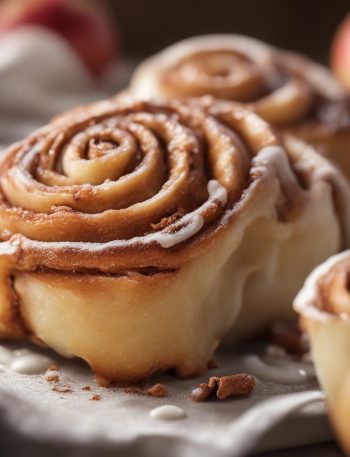
With layers of buttery flaky dough and a sweet cheese filling, this blueberry cream cheese pastry braid is undoubtedly irresistible. Though it seems intimidating, making breakfast pastries from scratch is completely doable for the home baker. Here we’re using a modified variation of classic Danish pastry dough. Follow these detailed instructions for success.
Have you tried this variation of classic Danish pastry dough before? It’s a quicker method to real Danish pastry and an adaption of several trusted sources: Cooking Illustrated, Joy of Cooking, and pastry master Beatrice Ojakangas. I combined all of the recipes I studied to produce a shortcut version of the famously flaky buttery dough.
This is a Shortcut Homemade Pastry Dough
This is not the traditional method of making real danish pastry. This dough is usually laminated several times between layers of butter, similar to how we prepare homemade croissants. Here we are working the butter directly into the dough using a food processor. We’re still rolling out and folding the dough, just as you do when you laminate dough with butter, but we’re not folding it up with a separate layer of butter.
I use the term “shortcut” loosely. This dough still takes at least 5-6 hours total with 2 rounds of refrigeration. Pastries made from this dough are just as buttery, tender, and flaky. I usually make individual breakfast pastries from this dough, but another option is a beautiful pastry braid like this raspberry pastry braid or today’s blueberry cream cheese version.
Follow the Pastry Dough Recipe Carefully
Though I include the information in this post as well, I encourage you to review the pastry dough post. We’re using that exact dough to make our blueberry cream cheese pastry braid. Are you new to working with yeast? Reference this Baking with Yeast Guide where I include practical answers to common yeast questions.
Cream Cheese & Blueberry Filling
Lightly sweetened, this creamy cheese filling is my favorite for pastries. (I use it for my regular breakfast pastries, too.) Tastes like cheesecake! You need brick cream cheese, 1 egg yolk, granulated sugar, a little lemon juice, and vanilla extract. I dotted the cream cheese filling with blueberries for a burst of juiciness. You can skip the berries or replace with raspberries, blackberries, sliced peaches, or chopped apples or strawberries.
How to Make a Blueberry Cream Cheese Pastry Braid
Because of all the chilling, this pastry is a wonderful recipe to begin the night before and serve the next morning. Or even prep the dough a few days in advance so your work is cut down the day of serving. I include freezing and make-ahead instructions below.
Once the braid is finished, drizzle it with vanilla icing.
This Recipe Yields 2 Braids
This recipe yields 2 lbs of dough, which equals 2 braids. Perfect if you’re looking for Easter brunch recipes to feed a crowd! (The filling and icing are enough for 2 braids, too.) 1 braid serves 5-6 people. If you don’t need that many tempting pastries around, freeze the second half of the dough for a later time. That’s what I usually do!
Take some time to read through the instructions before you begin. That will make the whole pastry-making-process much easier for you. You can do this!

Blueberry Cream Cheese Pastry Braid Recipe
Description
Follow these instructions to create a buttery crisp and flaky pastry braid at home.
Ingredients You’ll Need
Instructions
- To help guarantee success, I recommend reading through the recipe before beginning. I also detail this recipe in the separate pastry dough post. Do not use an electric mixer for this dough. It’s best if the dough is folded together with a wooden spoon or silicone spatula since it is so sticky. There is very minimal mixing required.
- Whisk the warm water, yeast, and 1 Tablespoon (6g) of sugar together in a large bowl. Cover and allow to rest until foamy on top, about 5 minutes. If the surface doesn’t have bubbles on top or look foamy after 15 minutes (it should if the yeast isn’t expired), start over with a fresh packet of yeast. Whisk in remaining sugar, the milk, egg, and salt. Once these wet ingredients are mixed together, lightly cover and set the bowl aside as you work on the next step.
- Cut the cold butter into 1/4 inch slices and add to a food processor or blender. Top with 2 and 1/2 cups flour. Pulse the mixture 12-15 times, until butter is crumbled into pea-size bits.. Using a food processor or blender is best for this dough. Keeping that in mind, if you don’t have one, you can use a pastry cutter to work in the butter.
- Pour the flour mixture into the wet yeast mixture. Very gently fold everything together using a silicone spatula or wooden spoon. Fold *just until* the dry ingredients are moistened. The butter must remain in pieces and crumbles, which creates a flaky pastry. Turn the sticky dough out onto a large piece of plastic wrap, parchment paper, aluminum foil, or into any container you can tightly cover.
- Wrap the dough/cover up tightly and refrigerate for at least 4 hours and up to 48 hours.
- Take the dough out of the refrigerator to begin the “rolling and folding” process. If the dough sat for more than 4 hours, it may have slightly puffed up and that’s ok. (It will deflate as you shape it, which is also ok.) Very generously flour a work surface. The dough is very sticky, so make sure you have more flour nearby as you roll and fold. Using the palm of your hands, gently flatten the dough into a small square. Using a rolling pin, roll out into a 15×8-inch rectangle. When needed, flour the work surface and dough as you are rolling. Fold the dough into thirds as if it were a business letter..) Turn it clockwise and roll it out into a 15 inch long rectangle again. Then, fold into thirds again. Turn it clockwise. You’ll repeat rolling and folding 1 more time for a total of 3 times.
- Wrap up/seal tightly and refrigerate for at least 1 hour and up to 24 hours. You can also freeze the dough at this point. See freezing instructions.
- Line two large baking sheets with parchment paper or silicone baking mats. Rimmed baking sheets are best because butter may leak from the dough as it bakes. If you don’t have rimmed baking sheets, when it’s time to preheat the oven, place another baking sheet on the oven rack below to catch any butter that may drip.
- In a medium bowl using a handheld or stand mixer fitted with a paddle attachment, beat the cream cheese and egg yolk together on medium speed until smooth. Add the sugar, lemon juice, and vanilla, then beat until smooth. Cover and refrigerate until ready to use.
- Take the dough out of the refrigerator and cut it in half. Wrap 1 half up and keep refrigerated as you work with the first half. (You can freeze half of the dough at this point, use the freezing instructions below.)
- On a floured work surface, roll dough out into a 12×8-inch rectangle. You can roll out the dough on a lightly floured piece of parchment paper or lightly floured silicone baking mat instead because you will transfer the shaped dough to a lined baking sheet next.
- Using a sharp knife, cut off two corners of the dough (on one 8-inch side) and then two small triangles 3 inches apart from each other on the other end (the other 8-inch side). See visual below.
- Spread 1/2 of the cream cheese filling down the length of the center of the strip, which should be about 3 inches wide. Dot with half of the blueberries (1/3 cup). Using a sharp knife, pastry wheel, or pizza cutter, cut 10 slanting strips (3/4 – 1 inch wide each) along both sides. Fold strips over filling, alternating each side to resemble a twist or a braid. Fold the bottom end up to seal the filling inside. Repeat with the second half of the dough and the rest of the filling. The braids may seem very narrow, but they puff up and out as they bake.
- Whisk the egg wash ingredients together. Brush all over the dough. If you want a little crunch from almonds, sprinkle them evenly on top of the braids after brushing the dough with egg wash.
- I strongly recommend refrigerating the shaped braids before baking for at least 15 minutes and up to 1 hour before baking. The braids tend to leak more butter and/or lose more shape if they haven’t chilled.
- Preheat oven to 400°F (204°C).
- Bake each braid for 18-22 minutes or until golden brown. Some butter may leak from the dough, that’s completely normal and expected. Feel free to remove the baking sheets from the oven halfway through baking and brush the dough with any of the leaking butter, then place back in the oven to finish baking. (That’s what I do!)
- Remove baked braids from the oven and cool for at least 5 minutes before icing, cutting, and serving.
- Whisk the icing ingredients together. If you want a thicker icing, whisk in more confectioners’ sugar. If you want a thinner icing, whisk in more milk or cream. Drizzle over warm pastries and serve.
- Cover leftover iced or un-iced pastries and store at room temperature for 1 day or in the refrigerator for up to 5 days. Or you can freeze them for up to 3 months. Thaw before serving. Before enjoying, feel free to reheat leftover iced or un-iced pastries in the microwave for a few seconds until warmed.


